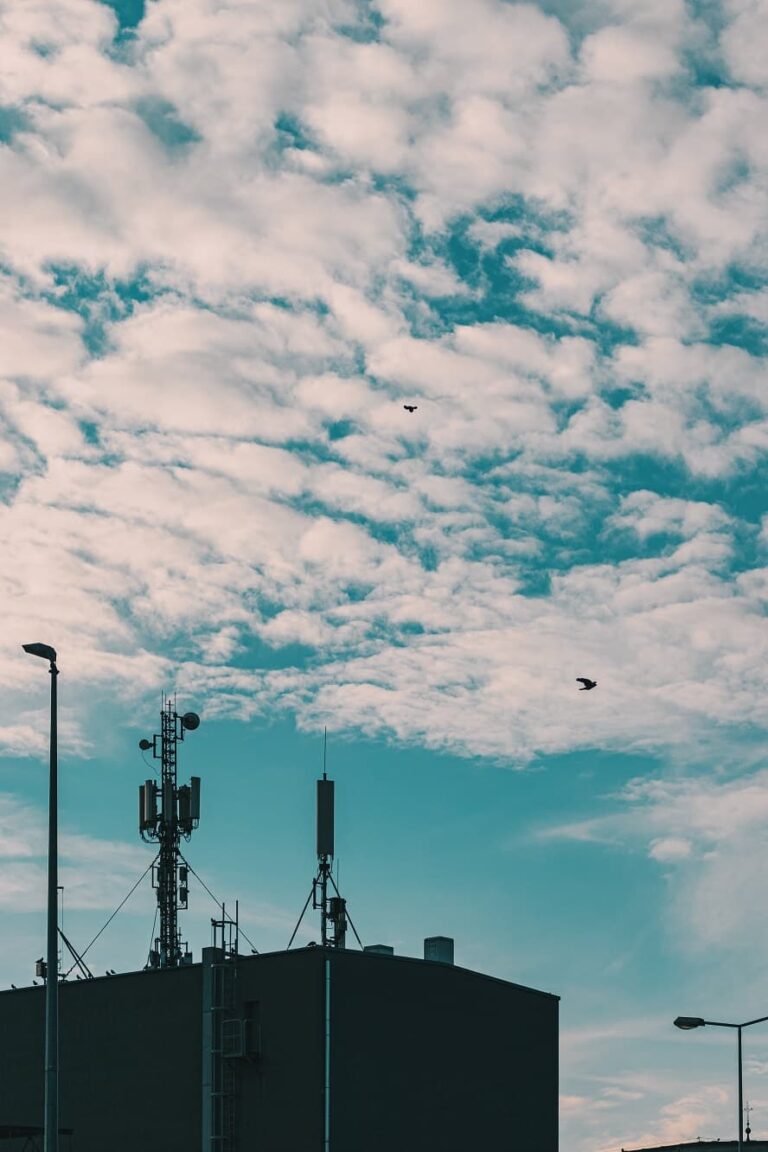A step towards more safety?
At least that’s the official reasoning. The new firmware, in conjunction with the latest version of the DJI Go and Go 4 app, is intended to ensure that every customer registers via the DJI app so that misuse of DJI drones can be ruled out via the company’s own geofencing system.
To this end, the data that each user discloses via the app as part of the registration process is intended to compulsorily comply with the laws in force in the respective country in terms of no-fly zones, etc. Thus, DJI drones with the latest firmware and app version will simply not take off in a corresponding zone in the future or will not even fly into a restricted area.
With the increasing use of drones with cameras, this innovation may well seem sensible, but only time will tell whether the measure has really been thought through to the end.

What happens if I do not register?
All those who do not perform the update must expect restrictions. The maximum flight altitude will then be limited to 100 feet (30 m), the range to 165 feet (50 m). In addition, the Live View function will be cancelled for those who refuse to update.
In addition, it must be noted that it is not yet known how DJI will check the data entered by the user during registration. In this respect, the whole thing smells more like a possibility with which the drone giant wants to ensure the use of its own app. Of course, the throttling also affects all those drone pilots who have bought a drone, but do not use the Go app, but have switched to an alternative app from a third-party provider.
Is it possible to oppose the registration obligation?
No. If you want to continue using your DJI drone with all its options, you should register accordingly and perform the updates. As things stand, there is no legal way to circumvent this registration. The question remains whether users worldwide will accept this change without complaint, or whether DJI has simply flown off the handle with this maneuver.





